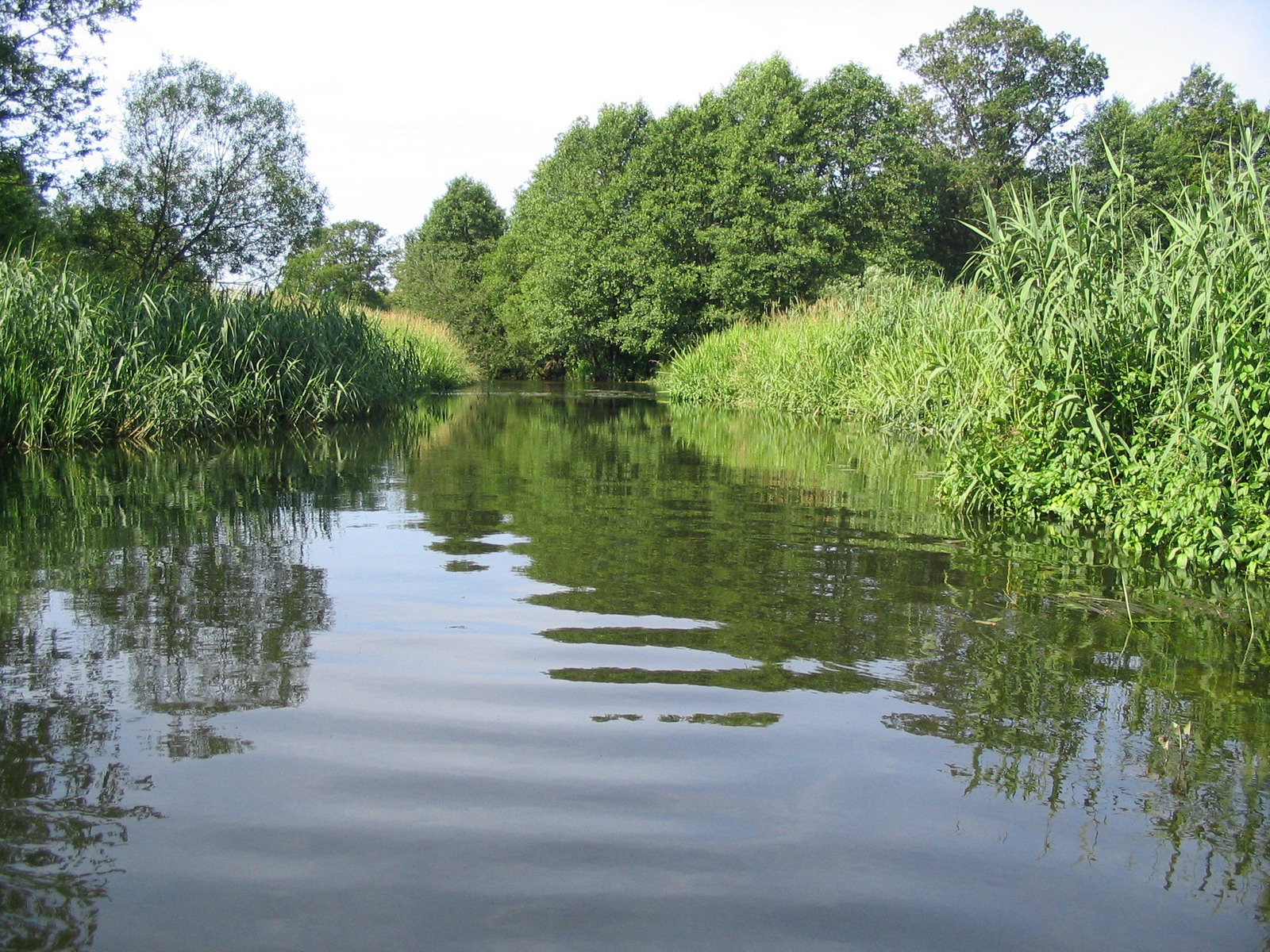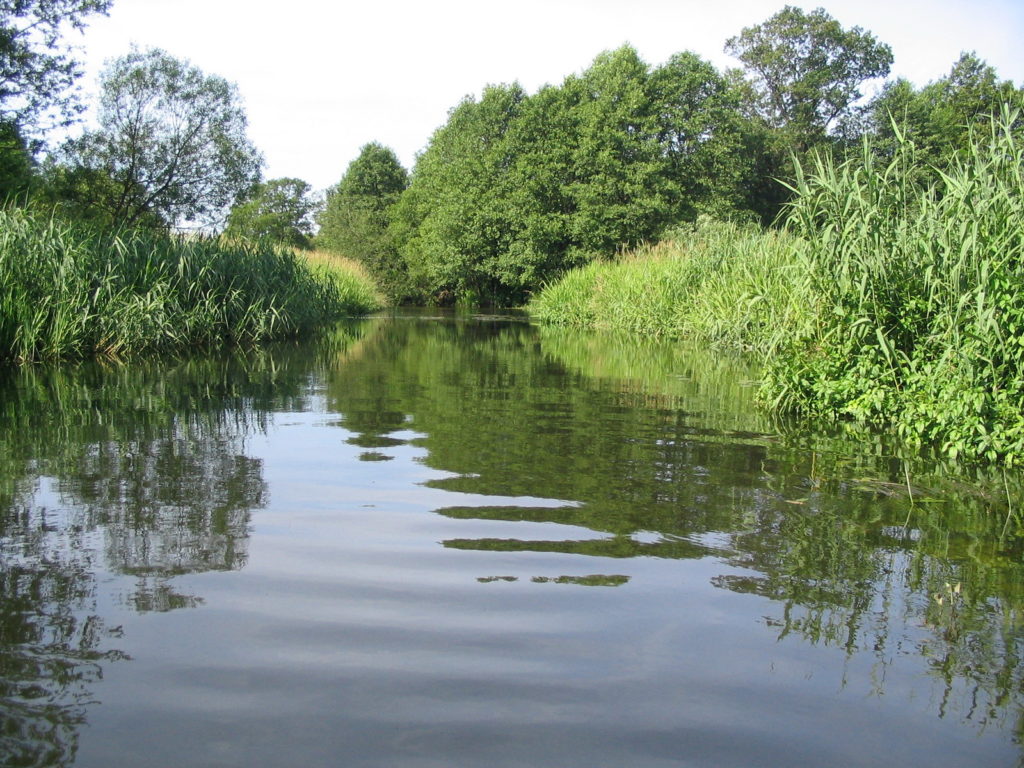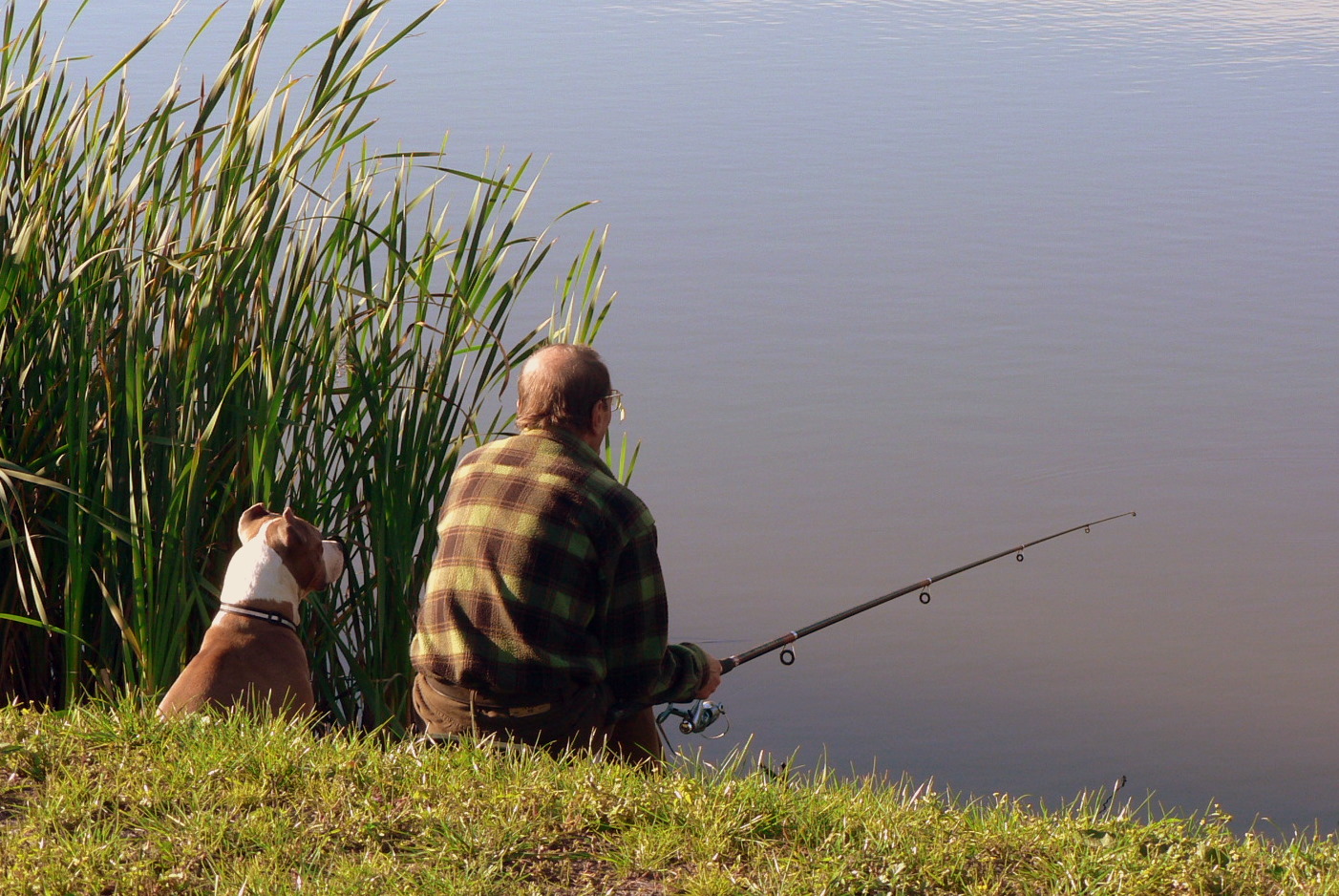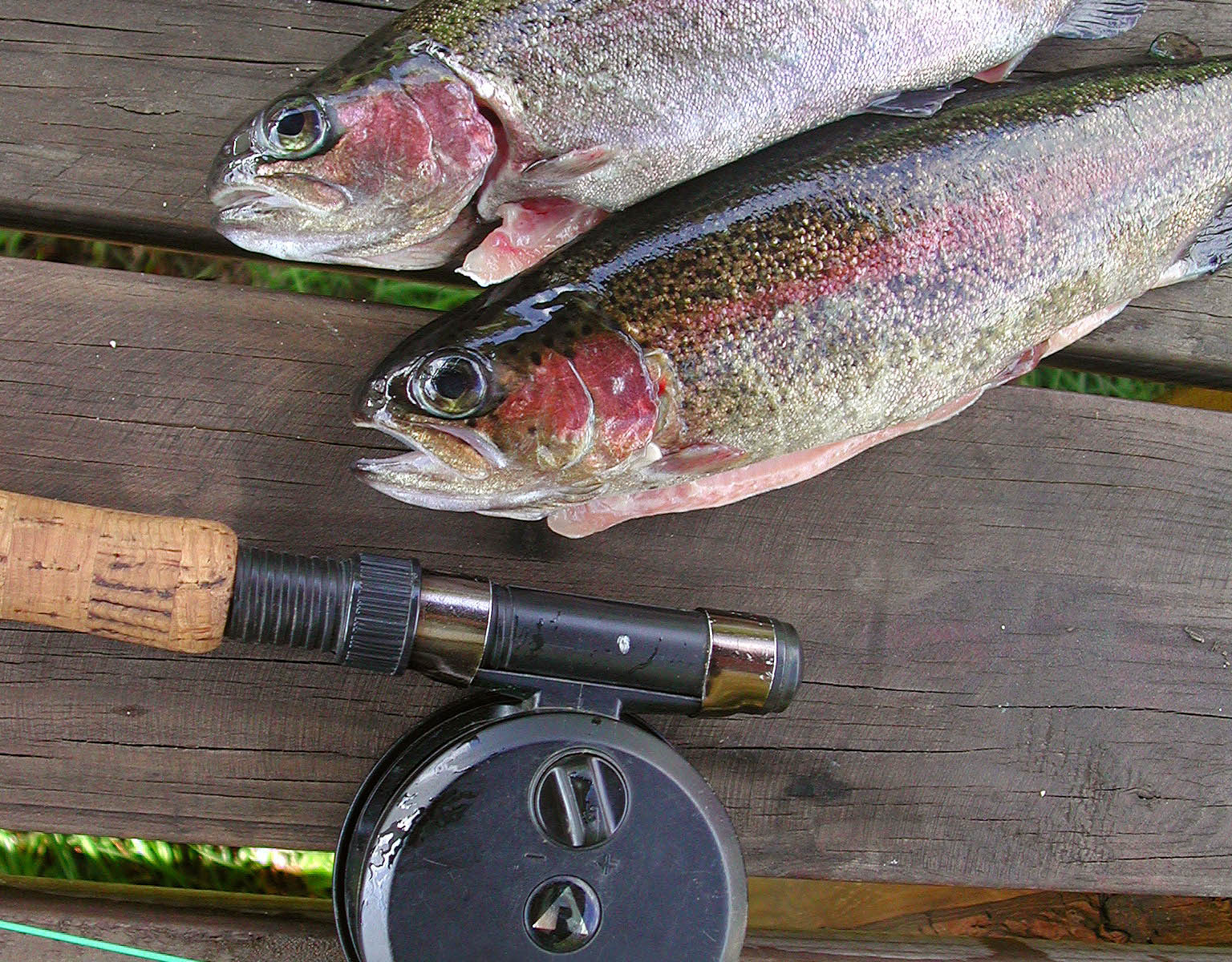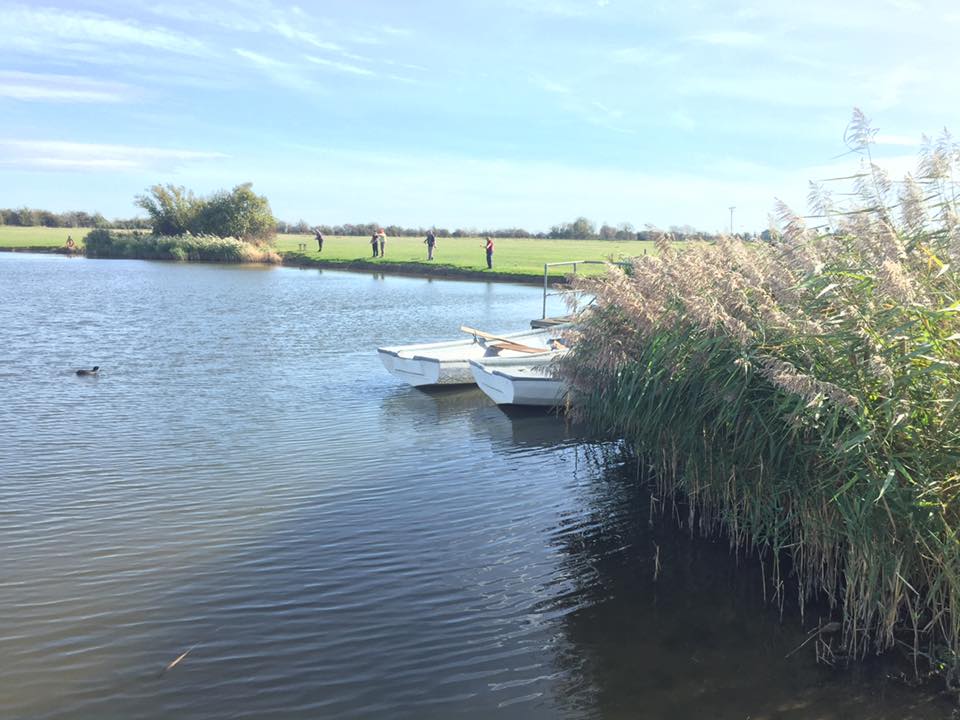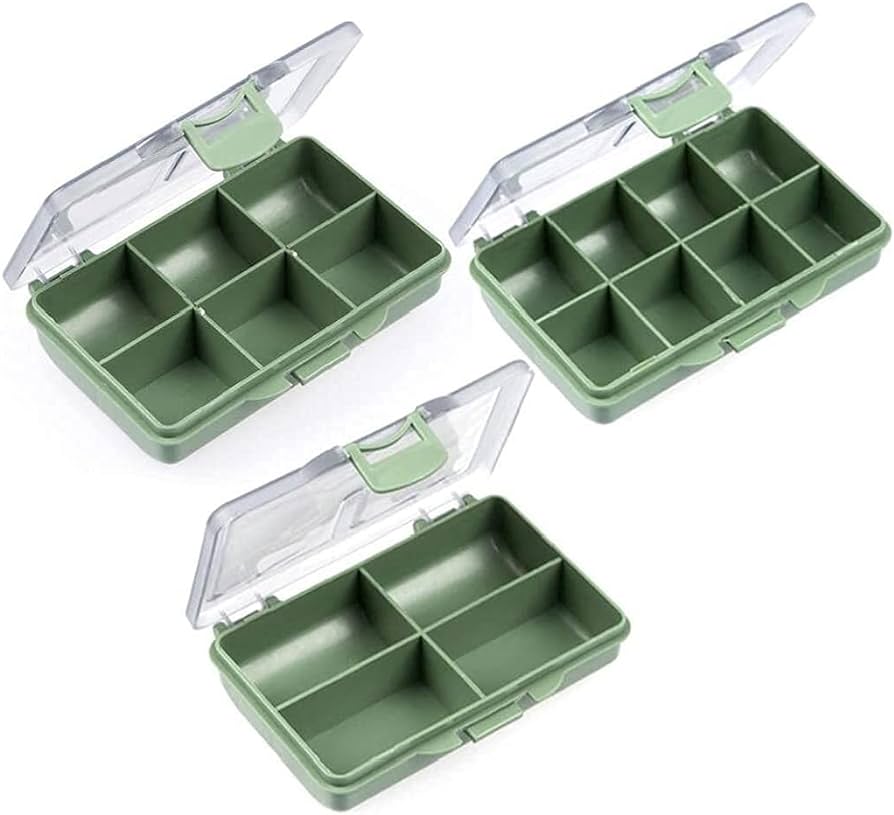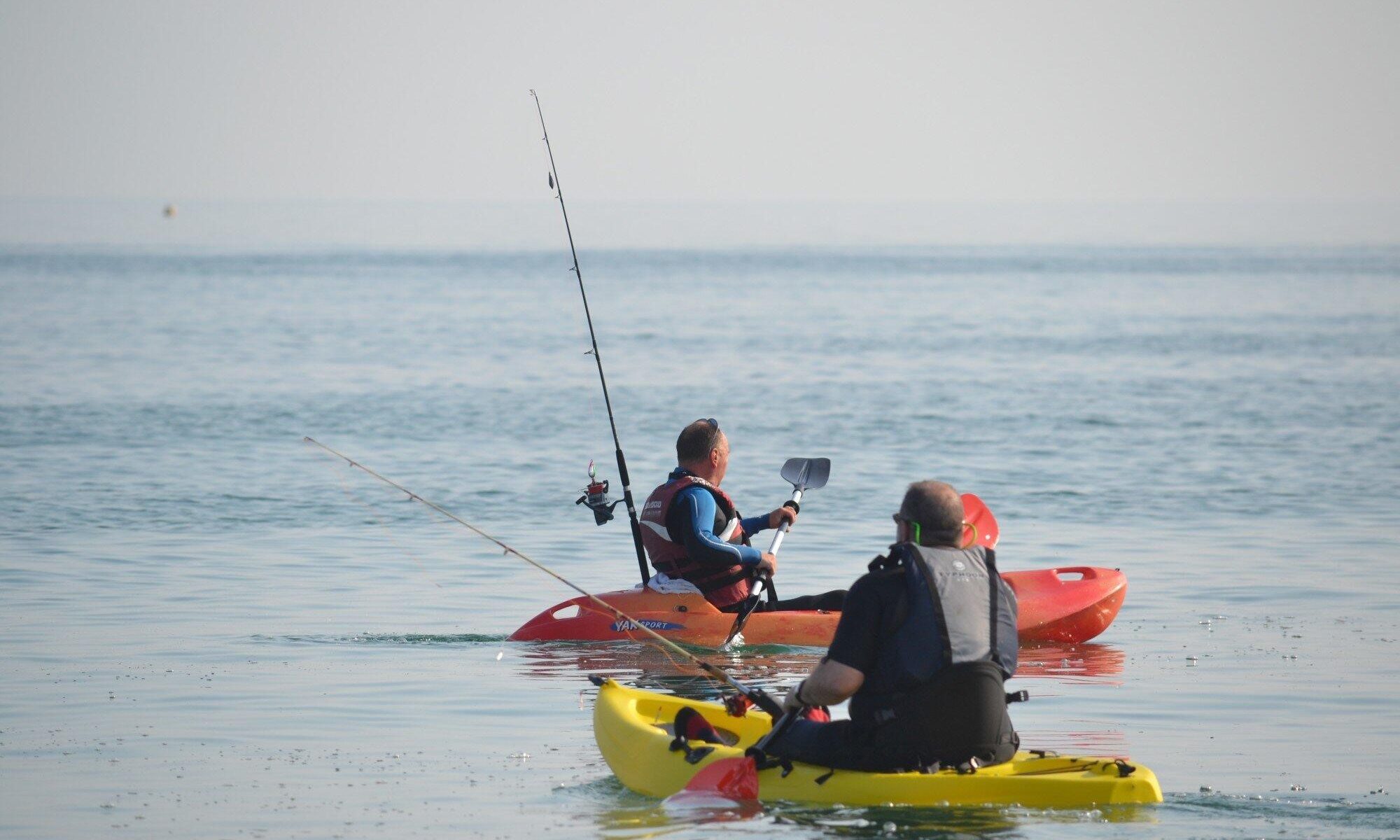Fishing is often associated with tranquil countryside settings, meandering rivers, and remote lakes. However, urban fishing is an increasingly popular pursuit, offering a unique blend of nature and city life. Across the UK, city centers boast surprising spots where anglers can enjoy their favorite pastime without venturing far from urban conveniences. Here’s a guide to some of the best urban fishing spots in the UK and what makes them special.
The Rise of Urban Fishing
Urban fishing has grown in popularity due to several factors:
- Accessibility: City-center locations are often easily accessible by public transport or short car journeys, making them ideal for those with limited time.
- Community: Urban fishing spots often foster a sense of community among local anglers, creating a welcoming environment for beginners and experienced fishermen alike.
- Conservation Efforts: Many urban waterways have undergone significant restoration, improving water quality and fish populations, thanks to concerted conservation efforts.
Top Urban Fishing Spots in the UK
Here are some surprising and exceptional urban fishing spots across the UK:
1. Regent’s Canal, London
Regent’s Canal winds through the heart of London, offering a serene escape from the bustling city streets. Stretching from Little Venice to Limehouse Basin, this canal is home to a variety of coarse fish, including roach, perch, and carp. The canal’s towpaths provide easy access for anglers, and its picturesque surroundings make for a pleasant day out.
2. River Taff, Cardiff
Flowing through the center of Cardiff, the River Taff is a revitalized urban waterway known for its thriving fish population. Anglers can catch brown trout, salmon, and grayling within sight of the city’s iconic landmarks, such as Cardiff Castle and the Millennium Stadium. The river’s improved water quality and habitat restoration have made it a prime spot for urban fishing.
3. River Kelvin, Glasgow
The River Kelvin meanders through Glasgow, providing a green corridor in the heart of the city. The river supports a healthy population of brown trout and Atlantic salmon, thanks to ongoing conservation efforts. Anglers can enjoy a peaceful fishing experience amidst the urban landscape, with easy access from various points along the river.
4. Rochdale Canal, Manchester
Manchester’s Rochdale Canal offers urban fishing opportunities right in the city center. The canal is home to species such as pike, perch, and bream. Its towpaths and accessible fishing platforms make it a convenient spot for anglers. The surrounding urban environment provides a unique backdrop, blending industrial heritage with modern city life.
5. River Trent, Nottingham
The River Trent flows through Nottingham, offering excellent fishing opportunities for urban anglers. The river is well-known for its coarse fishing, with species such as barbel, chub, and bream. Several parks and green spaces along the river provide easy access and comfortable spots for casting a line.
6. River Aire, Leeds
Leeds is home to the River Aire, a revitalized waterway that has seen significant improvements in water quality and fish stocks. The river supports populations of brown trout, chub, and dace. Anglers can fish within walking distance of the city center, enjoying the blend of urban and natural environments.
7. Birmingham Canals
Birmingham’s extensive canal network offers numerous urban fishing opportunities. The city’s canals are home to a variety of coarse fish, including roach, perch, and tench. The well-maintained towpaths and central location make it easy for anglers to enjoy a quick fishing session after work or on weekends.
8. Grand Union Canal, Leicester
The Grand Union Canal runs through Leicester, providing urban anglers with a tranquil fishing spot. The canal is stocked with species such as carp, bream, and pike. Its peaceful waters and convenient access points make it a popular choice for local anglers seeking a break from city life.
Tips for Urban Fishing
- Research Local Regulations: Ensure you have the necessary permits and are aware of local fishing regulations and bylaws.
- Respect the Environment: Urban fishing spots can be sensitive environments. Always dispose of litter responsibly and respect wildlife.
- Safety First: Urban areas can have hidden hazards. Be mindful of your surroundings and avoid fishing in areas with heavy boat traffic or strong currents.
- Travel Light: Given the accessibility of urban fishing spots, consider carrying only essential gear for a more convenient and mobile experience.
- Engage with the Community: Join local angling clubs or online forums to connect with other urban anglers, share tips, and stay informed about the best spots and practices.
Conclusion
Urban fishing in the UK offers a unique and accessible way to enjoy angling without leaving the city. From London’s iconic canals to Glasgow’s green riverbanks, urban waterways provide a surprising array of fishing opportunities. By understanding the local regulations, respecting the environment, and engaging with the urban angling community, you can make the most of these hidden gems right in the heart of the city.


